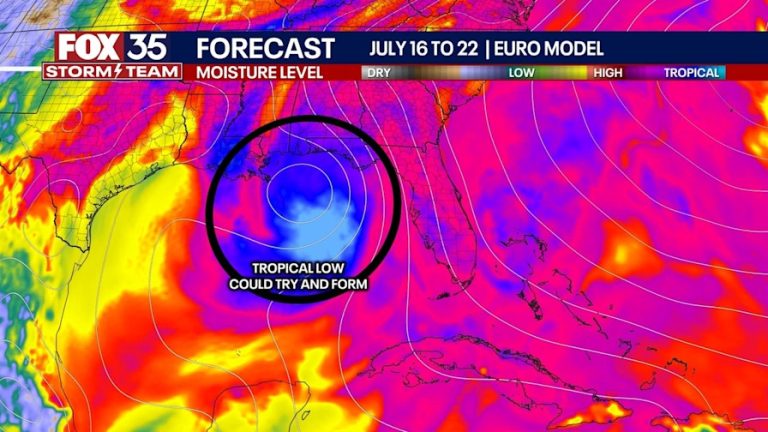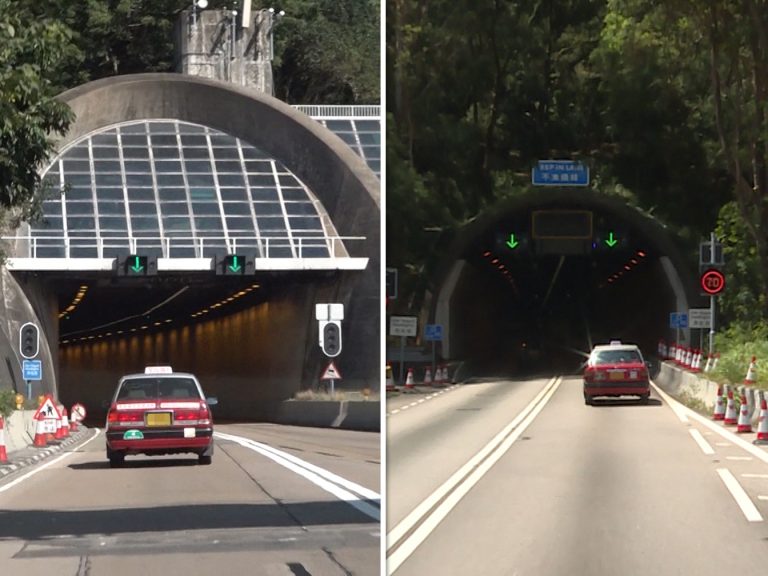
Section 1: The Scale and Impact of the Wildfires
The recent wildfires in southern South Korea have been the most severe in the country’s history. The fires spread across multiple regions, including Gyeongsangnam-do and Gangwon-do, burning over 1,000 hectares of land. At least 18 people lost their lives, and hundreds were injured or displaced. Entire villages were evacuated, with thousands of residents forced to leave their homes.
The economic damage is significant. Farms, homes, and businesses were destroyed, costing billions of won in losses. Infrastructure, including roads and power lines, was also heavily impacted. The agricultural sector suffered particularly, with crops and livestock lost in the flames.
Environmentally, the fires have caused long-term damage. Forests that took decades to grow were wiped out in hours, leading to a loss of biodiversity. Wildlife habitats were destroyed, and the air quality in the region plummeted, posing health risks to residents.
Local communities face immense challenges. Many have lost their livelihoods, and rebuilding will take years. The government has declared a state of emergency, mobilizing resources to support affected areas.
Section 2: Causes and Contributing Factors
Several factors contributed to the unprecedented scale of these wildfires. Weather conditions played a major role. South Korea experienced unusually high temperatures and low humidity, creating ideal conditions for fires to spread quickly. Strong winds further fueled the flames, making containment difficult.
Human activities also contributed. Some fires were accidentally started by people, while others were caused by negligence, such as improperly discarded cigarettes. Climate change has increased the frequency and intensity of wildfires globally, and South Korea is no exception.
Deforestation and land use changes have made the region more vulnerable. Urban sprawl has brought residential areas closer to forests, increasing the risk of fires spreading to populated areas.
Government policies on forest management and fire prevention have been criticized for being insufficient. While South Korea has made progress in reforestation, more needs to be done to address the growing threat of wildfires.
Section 3: Response and Rescue Efforts
The South Korean government acted quickly to combat the fires. Over 3,000 firefighters, military personnel, and volunteers were deployed to the affected areas. Helicopters and drones were used to monitor the fires and direct resources where they were needed most.
Evacuation procedures were implemented swiftly, with shelters set up to house displaced residents. International assistance was also sought, with neighboring countries offering firefighting equipment and expertise.
Despite these efforts, challenges remained. The fires spread faster than expected, and resources were stretched thin. Coordination between agencies was critical, but communication gaps sometimes slowed the response.
Long-term recovery plans are now in place. The government has pledged financial support for rebuilding homes and businesses, as well as restoring damaged ecosystems.
Section 4: Environmental and Health Impacts
The wildfires have had severe health and environmental consequences. Smoke from the fires caused respiratory issues for many residents, particularly the elderly and those with pre-existing conditions. Long-term exposure to poor air quality increases the risk of chronic diseases like asthma and lung cancer.
The environment has suffered greatly. Forests that once supported diverse wildlife are now barren. Soil erosion and water contamination are additional concerns, as the loss of vegetation makes the land more vulnerable to flooding and landslides.
Air quality monitoring stations recorded hazardous levels of particulate matter during the fires. Authorities issued health warnings and distributed masks to protect residents. Environmental agencies are now assessing the damage and planning restoration efforts.
Public awareness campaigns are being launched to educate people about the risks of wildfires and how to prevent them.
Section 5: Lessons Learned and Future Prevention Strategies
The recent wildfires have highlighted the need for better preparedness and prevention strategies. Early warning systems must be improved to alert communities sooner. Public education campaigns can help reduce human-caused fires by promoting safe practices.
Sustainable land use and forest management are essential. Controlled burns and the creation of firebreaks can reduce the risk of large-scale fires. Investing in firefighting infrastructure, such as more helicopters and fire-resistant equipment, is also crucial.
South Korea can learn from other countries with successful wildfire management programs. For example, Australia and the United States have implemented community-based fire prevention initiatives and advanced monitoring technologies.
Government policies must be updated to address the growing threat of wildfires. This includes stricter regulations on land use and increased funding for fire prevention and response.
International cooperation is also important. Wildfires are a global issue, and sharing knowledge and resources can help countries better manage and prevent them.












